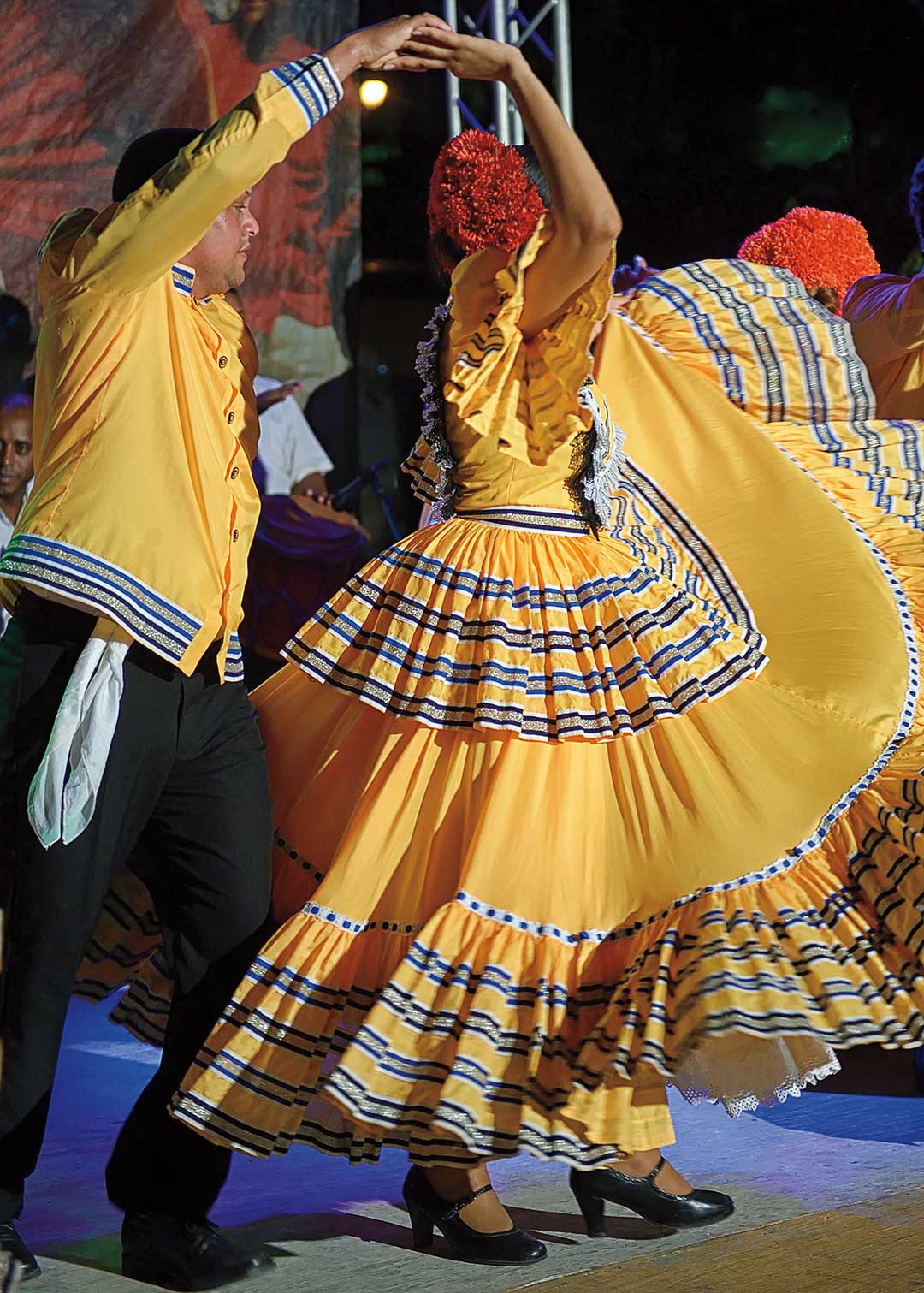About Dance Fridays
Table of ContentsThe smart Trick of Dance Fridays That Nobody is DiscussingThe Ultimate Guide To Dance FridaysThe Only Guide for Dance FridaysThe Ultimate Guide To Dance FridaysHow Dance Fridays can Save You Time, Stress, and Money.Some Known Details About Dance Fridays The Only Guide to Dance Fridays
The significant distinction that distinguishes the Miami-style from other North American styles is the "Atras" or "Diagonal", back damaging actions performed backwards diagonally as opposed to moving forwards and in reverse as seen in the New york city style. Dancers do not move their body weight greatly as seen in other designs. Rather, professional dancers keep their upper body still, positioned and kicked back, concentrating on foot movement.A major difference in between Cali Design and Miami-style is the last is exclusively danced on the downbeat (On1) and has elements of sparkles and show-style included to it, following collections of North American styles. Miami-style has several followers, particularly Cuban-Americans and various other Latinos based in South Florida.
Numerous of the actions involve quickly exchanging partners. "Rueda de Miami" come from in the 1980s from Miami, is an official style with lots of guidelines based on a mix, and is a hybridization of Rueda de Cuba & North American dancing designs, with some routines showing American society (e.
Coca-Cola, Dedo, Adios) which is not found in the traditional Cuban-style Standard (salsa dancing club san francisco). Cali is also understood as the "Resources de la Salsa" (Salsa's Funding); due to salsa music being the main style in celebrations, nightclubs and events in the 21st century.
Get This Report on Dance Fridays
They consist of different acrobats such as partnered turns to amuse with these jaw going down stunts. Their maneuvering is intricate and exact, helping a number of Colombian Design dancers win significant globe championships. Cali hosts several annual salsa events such as the Globe Salsa Cali Festival and the Encuentro de Melomanos y Coleccionistas.
Scientists in the all-natural scientific researches examined the math of salsa dance actions. In the social sciences, scientists have actually studied salsa dancing to understand, for example how the Latino identity is connected to salsa dancing.
and, researchers have actually also used salsa dancing to study the ephemerality of social teams. Salsa music the music to which salsa is danced Mambo a dance style which heavily affected salsa dance Palladium Ballroom a New york city City location that helped popularize Latin music and dance during the 1940s and 1950s Dance a ballroom dancing that heavily influenced salsa World Salsa Championships a checklist of worldwide competitors for salsa dance Cuban salsa a popular kind of salsa dance from Cuba Boggs, Vernon (1992 ).
Dance Fridays Can Be Fun For Everyone
ISBN0-313-28468-7. OCLC24908952. Hutchinson, Sydney (2004 ). " Mambo on 2: The birth of a brand-new type of dancing in New york city City" (PDF). Centro Journal. 16: 108137. ISSN1538-6279. " What Is Salsa (Dance)?" their website (https://triberr.com/salsacrazysf1). 2023-03-13. Retrieved 2023-05-26. Youthful, Takeshi (26 June 2023). " Latin Dancing". Salsa Vida. Obtained 5 October 2023. " Designing salsa".
Salsa Vida. 26 June 2023. Obtained 5 October 2023.

Fetched 2019-06-26. Waxer, Lise Aerinne (2002 ). The city of music memory: salsa, record grooves, and pop culture in Cali, Colombia. Music/culture. Middletown, Conn: Wesleyan University Press. ISBN 978-0-8195-6441-2. " Colombian Style Salsa". Salsa Vida SF. Obtained 27 July 2020. von Renesse, Christine; Ecke, Volker (2011-03-01). " Mathematics and Salsa dance". Journal of Maths and the Arts.
doi:10. 1080/17513472. 2010.491781. ISSN 1751-3472. S2CID 120939987. Dormani, Carmela Muzio (2020-07-07). " So You Believe You Can Salsa: Carrying Out Latinness on Truth Dancing Television". The Journal of Popular Culture. 53 (3 ): 720738. doi:10. 1111/jpcu. 12929. ISSN 0022-3840. S2CID 225829802. Hewer, Paul; Hamilton, Kathy (2010-03-29). " On feelings and salsa: some thoughts on dance to reassess consumers".
The 9-Second Trick For Dance Fridays

:10.
Something failed. Wait a minute and try once again Attempt once more.
Dance Fridays Things To Know Before You Buy
We're chatting regarding the dancing, not the delicious South American spice. The origins of the word "Salsa" as the name of a dancing has provided discussion for decades. One of the most preferred (and possibly approved) concept is that Cuban and Puerto Rican musicians in New York created the phrase in New York in the 1970's, to describe the spicy combination of songs they were producing out of the rhythms and motifs of Cuban boy montuno, guaracha, chachacha, mambo and bolero.